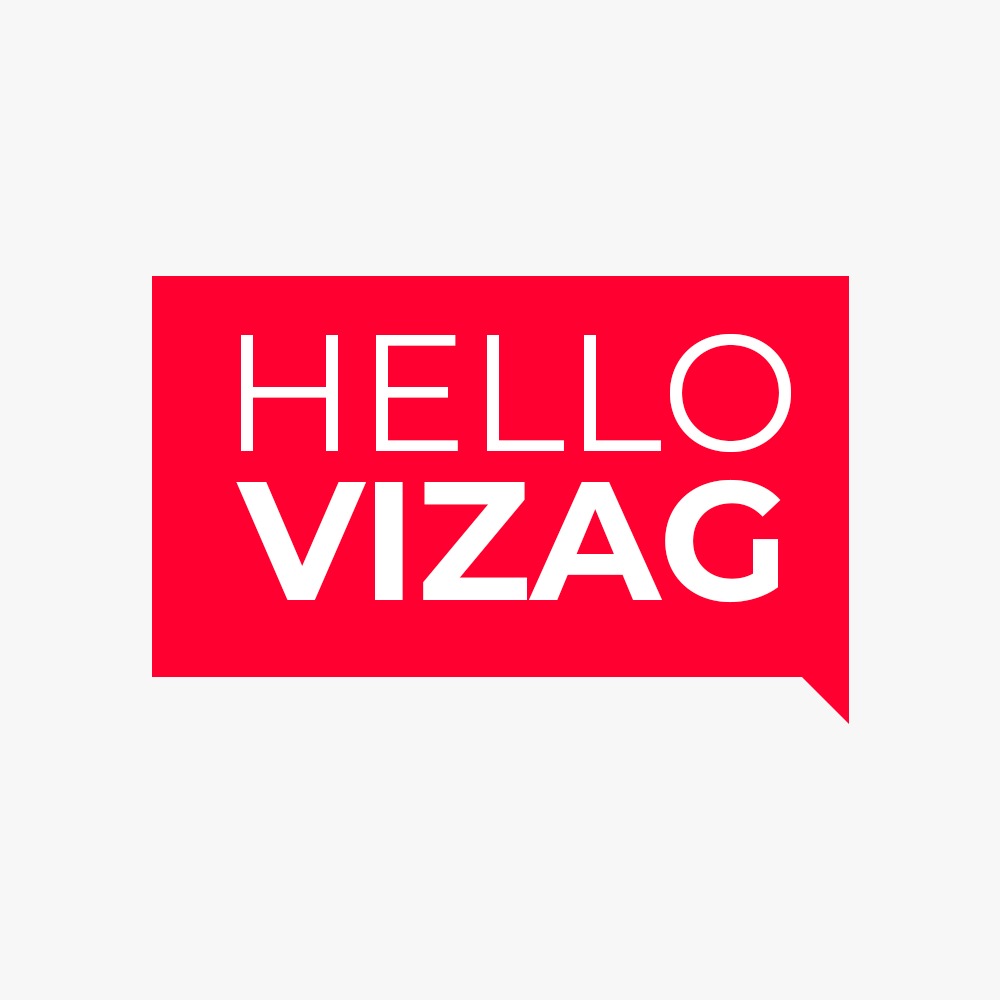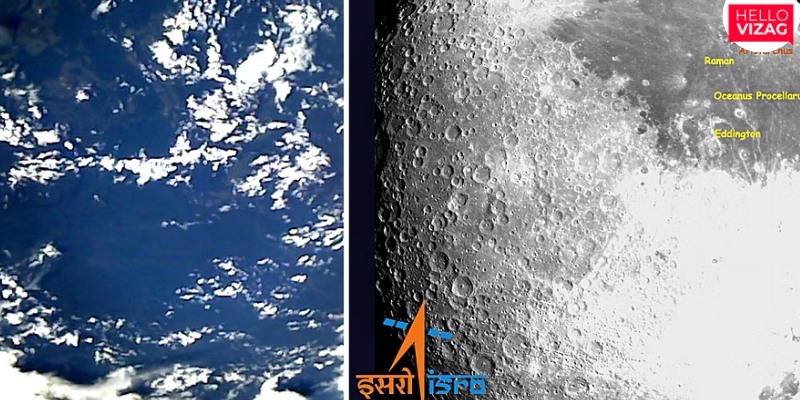Exploring Lunar Traffic: Insights from Chandrayaan-3's Journey
On July 14, 2023, as 'Chandrayaan-3' embarked on its mission, the lander imager (LI) camera captured a captivating view of Earth from left to right.
Just a day after its Lunar Orbit Insertion on August 6, 2023, the lander horizontal velocity camera (LHVC) aboard 'Chandrayaan-3' turned its focus towards the Moon, revealing a stunning lunar panorama. This significant event marks the increasing interest in lunar exploration and the meticulous efforts of the Indian Space Research Organisation (ISRO) to comprehend the lunar space environment.
As Chandrayaan-3 makes its approach towards the Moon, ISRO has conducted a comprehensive evaluation of the current lunar space scenario. This assessment encompasses a wide array of facets concerning lunar traffic, reflecting the evolving global interest in lunar exploration. Notably, as of July 2023, six active lunar orbiters are diligently carrying out their missions around the Moon.
The ensemble of active lunar orbiters comprises notable contributions, including ARTEMIS P1 and ARTEMIS P2, Lunar Reconnaissance Orbiter (LRO), Capstone, ISRO's Chandrayaan-2, and Korea Pathfinder Lunar Orbiter (KPLO). Nevertheless, two spacecraft, Japan's Ouna (2009) and ISRO's Chandrayaan-1 (2008), now remain inactive, serving as historical markers of earlier endeavors.
A new wave of lunar exploration is underway, with Russia's Luna-25 preparing to join the lunar neighborhood. Expected to enter a 100-kilometer lunar orbit by August 16 and subsequently land near the Moon's south pole between August 21 and 23, Luna-25 adds to the growing tapestry of lunar exploration. Chandrayaan-3, set for its anticipated landing on August 23, contributes to this burgeoning momentum.
ISRO's assessment reveals a compelling vision of upcoming lunar missions. Among the eleven missions outlined, significant contributions include the Lunar Trailblazer from the USA (2023), China's ambitious Lunar Exploration Programme (2024-2027), and the joint India-Japan Lunar Polar Exploration Mission, slated for action after 2024.
Despite the relatively small number of orbiting spacecraft, the lunar vicinity experiences frequent conjunctions, necessitating diligent collision avoidance maneuvers. Chandrayaan-2, launched in 2019, has executed three such maneuvers till July 2023, skillfully averting potentially critical close encounters with LRO and KPLO, demonstrating ISRO's proactive approach to mission safety.
In the context of Chandrayaan-3, ISRO outlines the propulsion module's trajectory – an anticipated circular Low Lunar Orbit (LLO) with an altitude of around 150 kilometers. This arrangement is expected to persist for several years, offering an opportunity for prolonged lunar observations. Additionally, the majority of lunar landers are projected to spend some time in LLO, typically spanning days or weeks, before proceeding to their designated landing sites.
As part of their meticulous evaluation, ISRO is conducting in-depth analyses of each orbit-lowering maneuver, considering the potential risks associated with close encounters with other lunar orbiters. This critical assessment showcases ISRO's dedication to advancing lunar exploration while prioritizing the safety and success of each mission in this vibrant era of lunar exploration.

 Team Hello Vizag
Team Hello Vizag




















